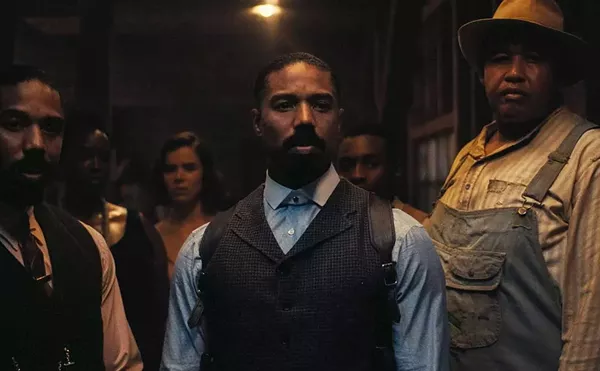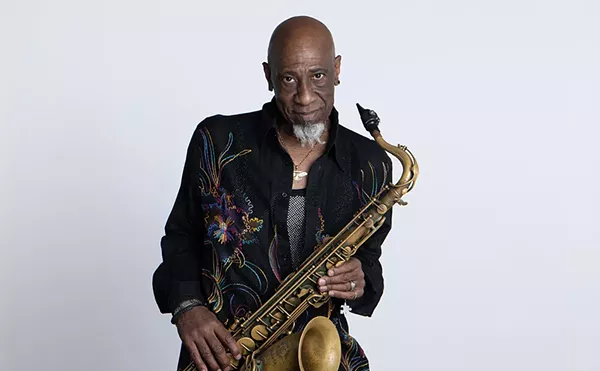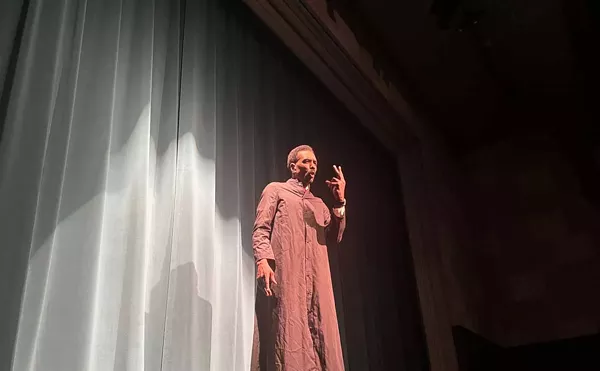
Audio By Carbonatix
[
{
"name": "GPT - Leaderboard - Inline - Content",
"component": "35519556",
"insertPoint": "5th",
"startingPoint": "3",
"requiredCountToDisplay": "3",
"maxInsertions": 100,
"adList": [
{
"adPreset": "LeaderboardInline"
}
]
}
]
Having made a movie that was like an elliptical, slim volume of verse – 1993’s Thirty-Two Short Films About Glen Gould – the Canadian team of writer-director François Girard and co-writer Don McKellar have now devised one that resembles an oversized, coffee-table tome, chock full of gorgeous pictures but a little light in the text.
The movie moves back and forth between the history of the red violin, its creation in the 17th century and subsequent fate over the years, and a present-day story where it has been rediscovered and put on auction. The violin was created by the master Italian artisan Niccolo Bussotti (Carlo Cecchi) and was meant to be his crowning achievement, a gift for his unborn child. But when his wife and baby both die in childbirth, he paints the now-melancholy object a dark crimson and sets it aside.
Eventually it’s donated to an Austrian monastery-cum-orphanage, where it’s handed down through a few generations of players until it reaches the hands of a prodigy named Kasper Weiss (Christoph Koncz). Weiss is like one of those characters in a Thomas Mann story whose artistic temperament goes hand in hand with a sickly disposition, and soon we’re worried that the poor child is going to fiddle himself into the grave.
The violin next turns up in the late 19th century in the possession of Frederick Pope (Jason Flemyng), a demonic artist type with a passing resemblance to Mick Jagger, given to playing fiery cadenzas while having sex with his mistress – don’t try this at home, kids. Now we’re in Ken Russell territory, though even that past master of inspired vulgarity might have balked at the scene where the mistress (Greta Scacchi) bursts into her wayward lover’s room with a gun, cries "oh, sluttish muse!" and proceeds to shoot the violin.
But the plucky instrument survives, and the next historical segment takes place during China’s Cultural Revolution of the 1960s, where it now serves as a symbol of individual expression in an oppressively homogenizing regime. A good premise, but it plays like watered-down Zhang Yimou.
Threading through all this are flashbacks to a tarot card reading the violin maker’s wife had shortly before she died, with a lugubrious gypsy predicting the nature of each set piece of the violin’s progress.
The main character in the present-day story is Samuel L. Jackson as a brilliant but tough ... well, violin expert, it seems. Jackson is good but he carries the persona of past roles with him, and when he gets angry you fully expect him to whip out a piece. If he had, it would not have been disruptive since the movie, for all its wanderings, never quite finds its tone or topic.
Richard C. Walls writes about the arts for Metro Times. E-mail him at letters@metrotimes.com.





